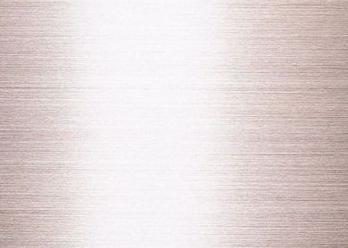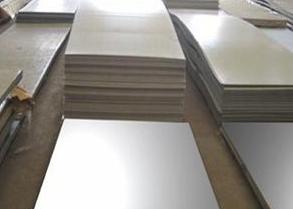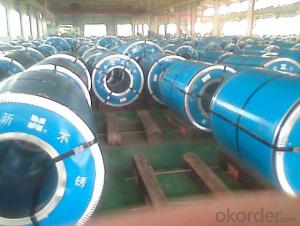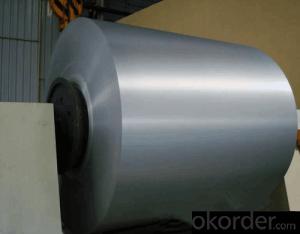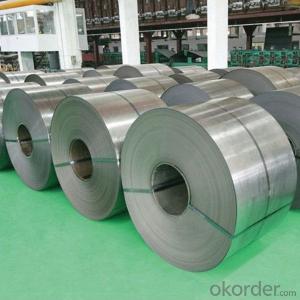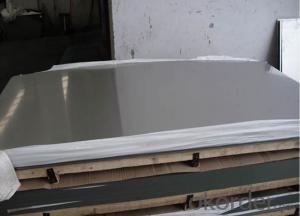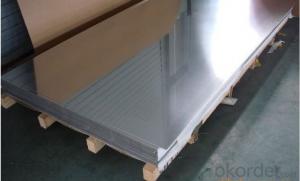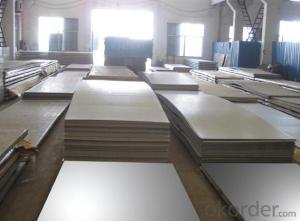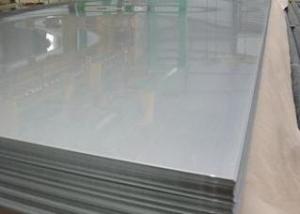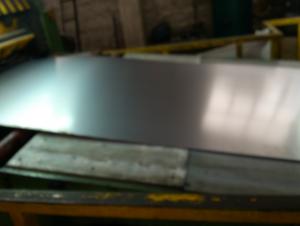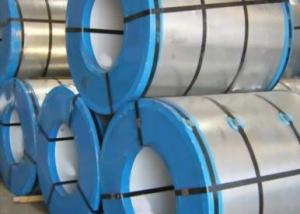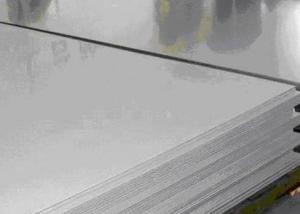409L Stainless Steel Sheet
- Loading Port:
- China Main Port
- Payment Terms:
- TT or LC
- Min Order Qty:
- 1 Ton m.t.
- Supply Capability:
- 1000 Tons Per Month m.t./month
OKorder Service Pledge
OKorder Financial Service
You Might Also Like
409L stainless steel sheet
1. Chemical composition
|
C |
Si |
Mn |
P |
S |
Ni |
Cr |
|
max0.03 |
max1.00 |
max1.00 |
max0.04 |
max0.03 |
--- |
11.50-11.75 |
2. Mechanical properties
|
Yield Strength |
Tensile |
Elongation |
Hardness (HV) |
Hardness (HRB) |
|
≥175 |
≥360 |
≥25 |
≤175 |
≤80 |
3. Standard: AISI, ASTM, GB, EN, DIN, JIS
4. Surface: 2B, NO.1, BA, NO.4, Hairline, SB, Mirror finish, Anti-skid, Cherkered etc.
5. Size: Thickness: 0.3-3mm (cold rolled), 3-40mm (hot rolled)
Width: 1000mm or 1219mm or 1240mm for cold rolled, 1500mm for hot rolled.
Length: As customers' request.
6. MOQ: 1 Ton
7. Payment terms: T/T or L/C
8. Packing: Seaworthy package with wooden or Iron pallets with the paper and the steel strip, or as customers' request.
9. Delivery time: Usually about 7 days after we confirming the order, or according to your quantity.
If you have any question or demand, pls feel free to contact me.
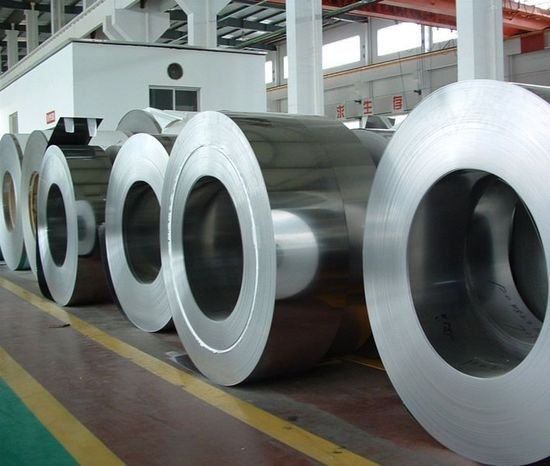
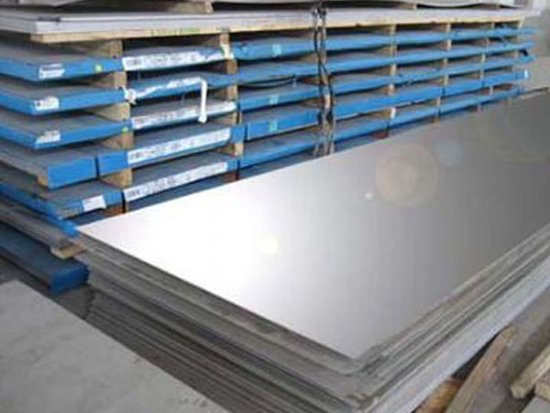
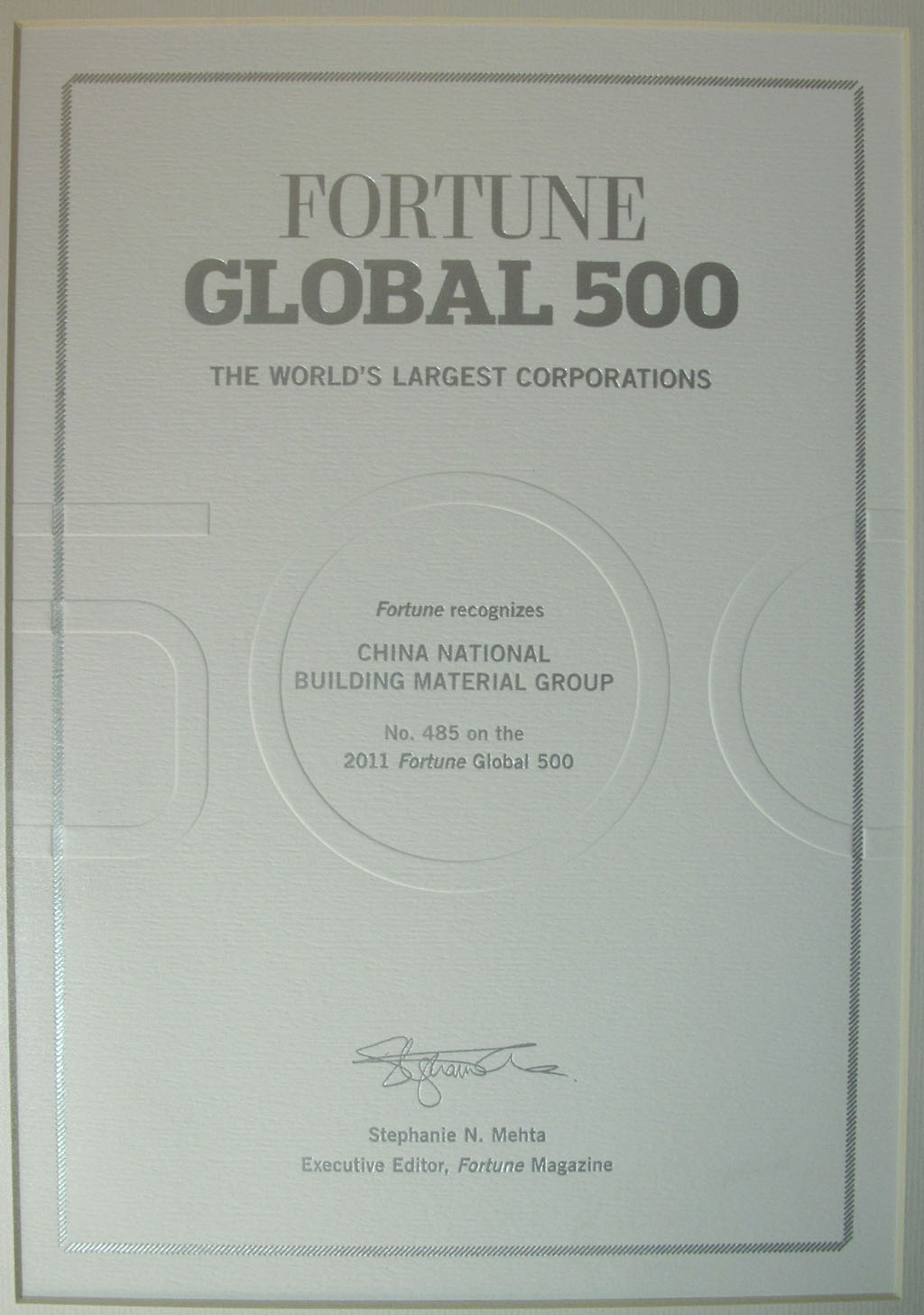

- Q: Can stainless steel strips be used in the semiconductor industry?
- Indeed, the semiconductor industry does employ stainless steel strips. Renowned for its exceptional resistance to corrosion, impressive strength, and enduring nature, stainless steel proves itself as a fitting material for an array of applications within this industry. In the construction of semiconductor equipment, including chambers, wafer carriers, and process tools, stainless steel strips frequently find employment, as they are capable of withstanding unforgiving surroundings and elevated temperatures. Moreover, stainless steel strips may be meticulously designed to meet particular specifications, guaranteeing precision and dependability in semiconductor manufacturing procedures.
- Q: Are stainless steel strips resistant to intergranular corrosion?
- Stainless steel strips generally possess resistance against intergranular corrosion. This is due to the presence of at least 10.5% chromium in stainless steel, which creates a protective oxide layer on the steel's surface. This oxide layer functions as a barrier, preventing the infiltration of oxygen and moisture to the underlying metal and averting corrosion. Moreover, stainless steel strips often contain other alloying elements like nickel, molybdenum, or titanium, further enhancing their corrosion resistance. However, it is crucial to acknowledge that the susceptibility to intergranular corrosion may vary based on the specific stainless steel grade and the environmental conditions it is exposed to. Certain grades of stainless steel may be prone to intergranular corrosion in specific scenarios, such as elevated temperatures or certain chemical surroundings. Consequently, it is imperative to select the appropriate stainless steel grade according to the particular application and environmental conditions to ensure optimal corrosion protection.
- Q: What are the different types of surface finishes for stainless steel strips?
- Stainless steel strips usually undergo different types of surface finishes to improve their appearance, enhance their durability, and increase their resistance to corrosion. Below are some common finishes: 1. Mill Finish: The stainless steel strip is left in its original state after production, resulting in a non-reflective and dull appearance. It may have visible imperfections or marks from manufacturing. 2. No. 1 Finish: Also called HRAP (hot-rolled annealed and pickled), this finish involves annealing the stainless steel strip and pickling it in acid. It creates a smooth, reflective surface with a slightly matte look. No. 1 finish is frequently used in industrial applications where appearance is not a primary concern. 3. No. 2B Finish: Achieved by cold-rolling the stainless steel strip and subsequent annealing and pickling, this finish offers a bright, semi-reflective surface. It strikes a balance between appearance and corrosion resistance, making it suitable for kitchen appliances and architectural elements. 4. No. 4 Finish: Also known as brushed or satin finish, this finish is obtained by mechanically polishing the stainless steel strip with abrasive materials. It results in a smooth, matte appearance with fine parallel lines, giving it a brushed texture. No. 4 finish is commonly used for decorative purposes like furniture, elevator panels, and trims. 5. No. 8 Finish: Referred to as mirror finish, this finish is achieved by polishing the stainless steel strip to create a highly reflective surface. It has a mirror-like appearance with excellent reflectivity. No. 8 finish is often employed in architectural and decorative applications that require a polished, high-end look, such as signage, jewelry, and automotive trims. Apart from these primary surface finishes, there are also specialized finishes available for specific applications, such as embossed, patterned, and colored finishes. These finishes further enhance the aesthetic appeal and functionality of stainless steel strips in various industries.
- Q: Are stainless steel strips suitable for water treatment plants?
- Yes, stainless steel strips are suitable for water treatment plants. Stainless steel is a corrosion-resistant material that can withstand exposure to water and various chemicals commonly used in water treatment processes. It offers excellent durability and longevity, making it a reliable choice for infrastructure in water treatment plants. Stainless steel strips can be used in various applications within these plants, such as piping, tanks, valves, and other equipment. Additionally, stainless steel is hygienic and easy to clean, which is essential in maintaining water quality. Overall, stainless steel strips are a suitable and beneficial material for use in water treatment plants.
- Q: Can stainless steel strips be used in the food and beverage industry?
- Yes, stainless steel strips can be used in the food and beverage industry. Stainless steel is widely used in this industry due to its corrosion resistance, durability, and hygienic properties. It is commonly used to manufacture equipment such as food processing machinery, storage tanks, conveyor systems, and brewing equipment. Stainless steel strips are versatile and can be formed into various shapes and sizes, making them suitable for a wide range of applications in the food and beverage industry.
- Q: Are stainless steel strips resistant to acids and alkalis?
- Yes, stainless steel strips are highly resistant to both acids and alkalis.
- Q: Can stainless steel strips be plated or coated with another metal?
- Yes, stainless steel strips can be plated or coated with another metal. The process of plating or coating stainless steel involves depositing a layer of another metal onto the surface of the stainless steel strip. This can be done for various reasons such as enhancing the appearance, providing corrosion resistance, improving hardness or lubricity, or for electrical conductivity. The plating or coating can be achieved through different methods such as electroplating, electroless plating, physical vapor deposition (PVD), or chemical vapor deposition (CVD). Each method has its own advantages and limitations, and the choice of plating or coating method depends on the desired properties and application requirements. It is important to consider factors such as compatibility between the stainless steel and the plating or coating material, thickness of the plating or coating layer, and the specific environmental conditions the stainless steel strips will be exposed to. Overall, plating or coating stainless steel strips with another metal is a common practice in various industries to achieve desired functional or decorative properties.
- Q: Can stainless steel strips be used in architectural facades?
- Yes, stainless steel strips can be used in architectural facades. Stainless steel is a durable and versatile material that offers excellent resistance to corrosion, making it suitable for outdoor applications. Its sleek and modern appearance also adds aesthetic appeal to architectural designs.
- Q: Does the 301 stainless steel band contain magnetism?
- No magnetism. Related to stainless steel information, you can pay attention to "I want stainless steel" website, I usually look at it above, registered members can also see relevant member information. You can pay attention to it!
- Q: What are the factors affecting the machinability of 111 stainless steel strips?
- There are several factors that can affect the machinability of 111 stainless steel strips. 1) Composition: The chemical composition of the stainless steel, including the presence of different elements and their ratios, can significantly impact its machinability. Elements like sulfur and phosphorus can lead to the formation of brittle compounds, making the material more difficult to machine. On the other hand, the addition of certain alloying elements like manganese, chromium, and nickel can improve machinability. 2) Hardness: The hardness of the stainless steel strips can affect their machinability. Harder materials tend to be more challenging to machine as they require more cutting force and wear out the cutting tools faster. Softer stainless steel strips are generally easier to machine. 3) Microstructure: The microstructure of the stainless steel can also play a role in its machinability. The presence of certain phases, such as retained austenite or carbides, can affect chip formation and tool wear. The grain size and distribution within the material can also impact machinability. 4) Heat treatment: The heat treatment process applied to the stainless steel strips can influence their machinability. Different heat treatment techniques, such as annealing, quenching, or tempering, can alter the material's hardness and microstructure, ultimately affecting how it can be machined. 5) Cutting parameters: The selection of appropriate cutting parameters, such as cutting speed, feed rate, and depth of cut, is crucial for achieving good machinability. Optimal cutting parameters vary depending on the specific stainless steel grade and its properties, and finding the right balance is essential for efficient and accurate machining. 6) Tool material and geometry: The choice of cutting tools and their material composition and geometry can significantly impact the machinability of stainless steel strips. Tools with higher hardness, wear resistance, and appropriate geometry for chip evacuation are generally preferred for machining stainless steel. 7) Lubrication and coolant: The use of proper lubrication and coolant during machining operations can improve the machinability of stainless steel strips. Lubricants help reduce friction and heat generation, while coolants aid in chip evacuation and prevent tool wear. By considering these factors and optimizing the machining process accordingly, it is possible to enhance the machinability of 111 stainless steel strips and achieve desired results.
1. Manufacturer Overview
| Location | Wuxi,China |
| Year Established | 2000 |
| Annual Output Value | Above US$16 Million |
| Main Markets | Chinese, Europe,South Africa |
| Company Certifications | ISO9001:2000; |
2. Manufacturer Certificates
| a) Certification Name | |
| Range | |
| Reference | |
| Validity Period |
3. Manufacturer Capability
| a) Trade Capacity | |
| Nearest Port | Shanghai |
| Export Percentage | 30% |
| No.of Employees in Trade Department | 50 People |
| Language Spoken: | English;Chinese |
| b) Factory Information | |
| Factory Size: | Above 80,000 square meters |
| No. of Production Lines | Above 7 |
| Contract Manufacturing | OEM Service Offered;Design Service Offered |
| Product Price Range | Average |
Send your message to us
409L Stainless Steel Sheet
- Loading Port:
- China Main Port
- Payment Terms:
- TT or LC
- Min Order Qty:
- 1 Ton m.t.
- Supply Capability:
- 1000 Tons Per Month m.t./month
OKorder Service Pledge
OKorder Financial Service
Similar products
Hot products
Hot Searches
Related keywords



